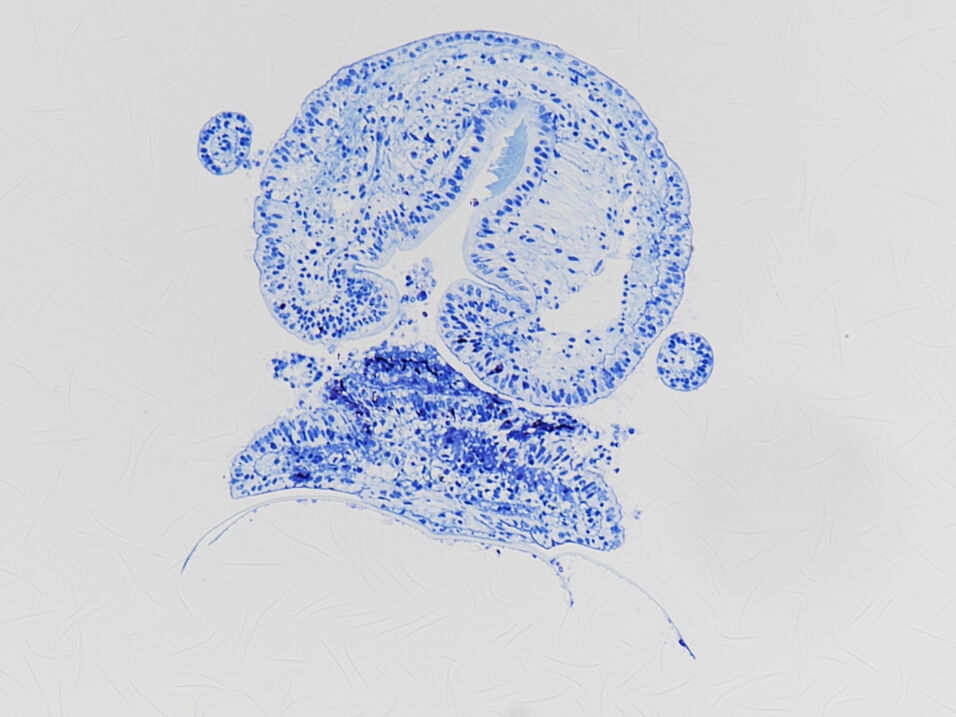MSc Student
Advisor: Andreas Wanninger
Unit for Integrative Zoology, Department of Evolutionary Biology
University of Vienna
Abstract
As one of the most diverse phyla, Mollusca show a remarkable variety in morphology, habitat and lifestyle. One aspect that highlights the diversity of molluscs is their range of locomotory strategies, which can be free moving, sedentary and sessile. The most prominent sessile molluscs are members of the Bivalvia, whereas gastropods are known to be mainly mobile. However, only few gastropod lineages have independently evolved a sessile lifestyle. One of these lineages is the family of the Vermetidae. Members of Vermetidae, a clade within Caenogastropoda, undergo an intracapsular development before hatching as crawling veliger stages, displaying only a short crawling period before permanently settling to a hard substratum. Vermetids attach firmly to the ground, their body transforming into an elongated worm-like animal. Following attachment, their shell grows irregularly coiled and they build upright feeding tubes.
Morphological and molecular studies on Vermetidae are scarce. Studying these organisms can provide important insights into their morphological diversity as well as adaptive strategies such as sessility and their vermiform adult body plan. Until now, morphological studies on Vermetidae have focused on their hard structures. To address the largely unexplored soft tissue anatomy, I will apply histological sectioning combined with 3D reconstruction techniques, a proven approach for visualizing internal morphology in detail. Thylaeodus rugulosus will be used as a representative species to compare internal anatomy and organ structure with other gastropods, with particular focus on its worm-like, elongated body. This will lay the foundation for further research by providing a better understanding of the morphology of Vermetidae.


